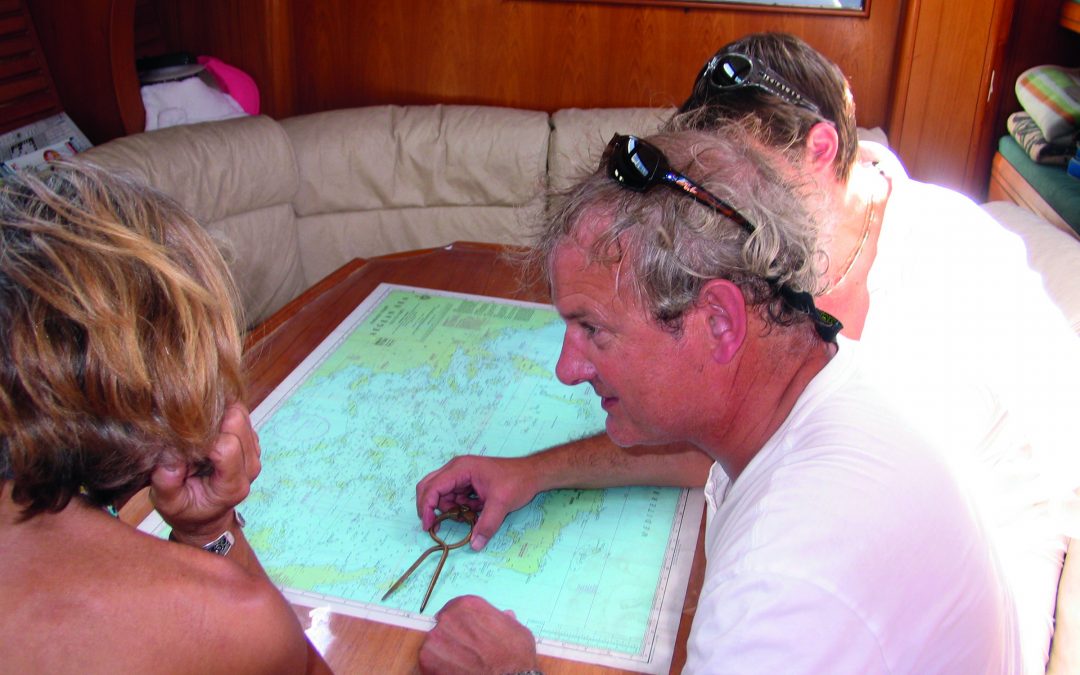Before giving your crew a safety briefing, it is worth considering the specific circumstances of the planned trip, the experience of the crew and their familiarity with the vessel and each other.
If the crew already know the drill inside out and you know each other well, then the safety briefing can be limited to a discussion of the passage plan for the day, when and how you plan to leave the berth and the watch-keeping rotas.
If a crew does not fully understand the safety drill and does not know where the safety equipment can be found on board, then you will need to brief them on this before departure. It is a good idea to have a safety briefing checklist at hand so you can go through everything in detail. The items to cover include location of safety equipment, use of gas stoves, what to do in the event of fire, actions for man overboard and abandoning ship. Ensure that at least one of the crew in addition to yourself can operate the radio and knows the routine for sending distress signals. Also, remember to ask the crew if any of them are on medication and give out seasickness tablets if necessary.
If you have very young or novice crew aboard, then have a quiet run through with them and leave nothing to chance. The secret here is not to alarm inexperienced crew in any way and to reassure them that the boat is not going to heel over and sink as soon as it leaves the harbour. Keep a positive attitude and don’t dwell on the likelihood of gas explosions, but on the great time everyone is going to have out on the water.
Safety Briefing Checklist
Down below:
- Lifejackets and harnesses – fitting, when to wear, clipping on
- Gas – risks, precautions, gas bottles and taps
- Fire prevention – extinguishers, fire blanket, where and how to use
- Moving around – companionway, handholds, galley safety
- Heads – how to use
- Seacocks – location of
- Hatches – opening and closing, risks
- VHF – how to use
- Engine – basic operation
- Batteries – location
On Deck:
- Hazards – boom, tripping, slipping, hatches
- Clipping on – jackstays
- Heaving line
- Engine controls
- Instruments
- Lockers – contents
- Winches and clutches – safe operation
- Anchor – safe operation
Emergency:
- First aid – kit location
- MOB – equipment – throwing line, horseshoe buoy, Dan buoy
- Flares – where, when and how to use
- VHF – emergency procedure
- EPIRB – how to activate
- Liferaft – where, when and how to launch
- Grab bag – where, contents
- Steering failure – emergency tiller, where and how
- Flooding – seacock failure, plugs. Bilge pumps. Bailing
Welfare:
- Seasickness – what to do, how to avoid
- Food and drink – use of galley
- Kit – stowage
- “One hand for you – the other for the boat!”
- Concerns
All of this advice and more is available in our easy-to-use, quick to access app for iPhone and Android. Go to SafeSkipper.com for more.









